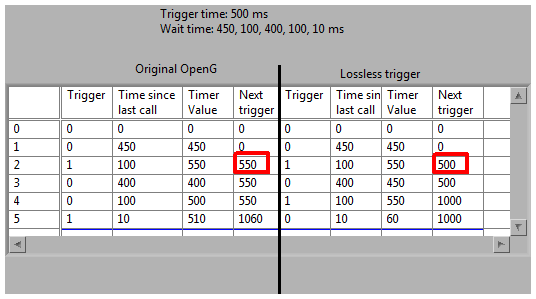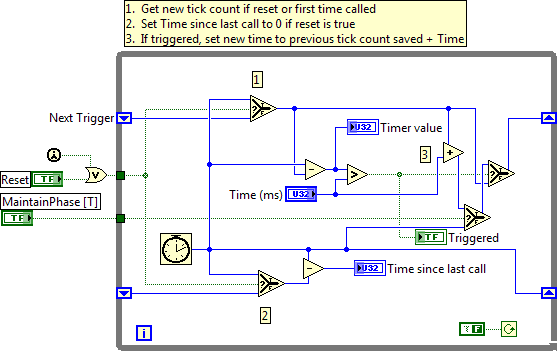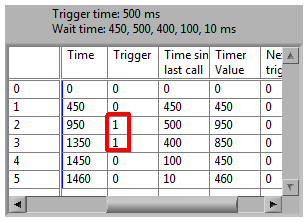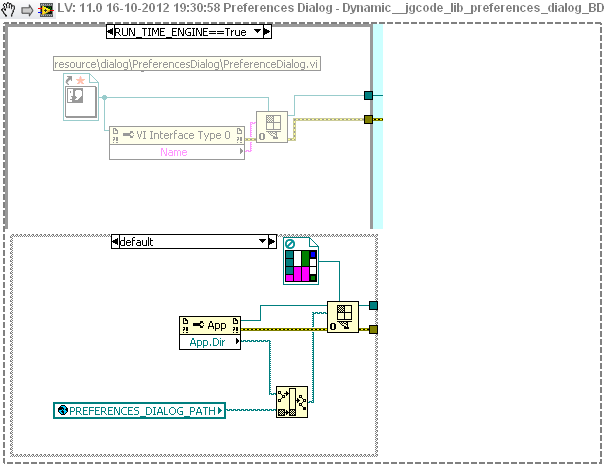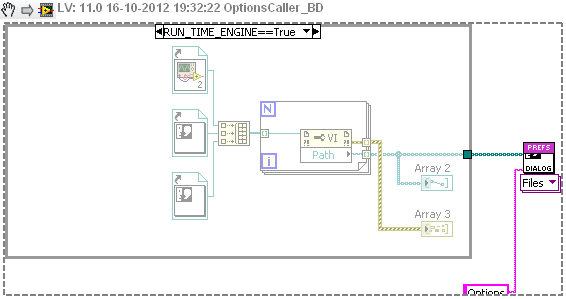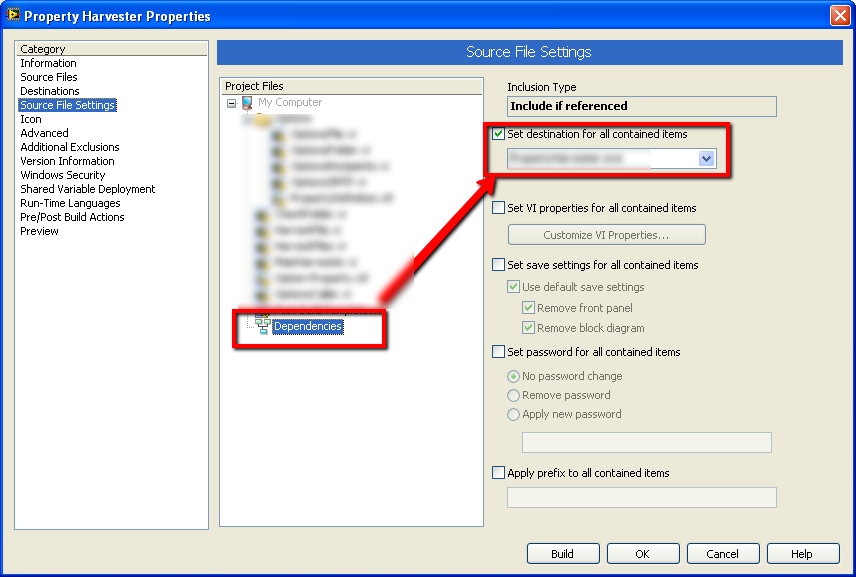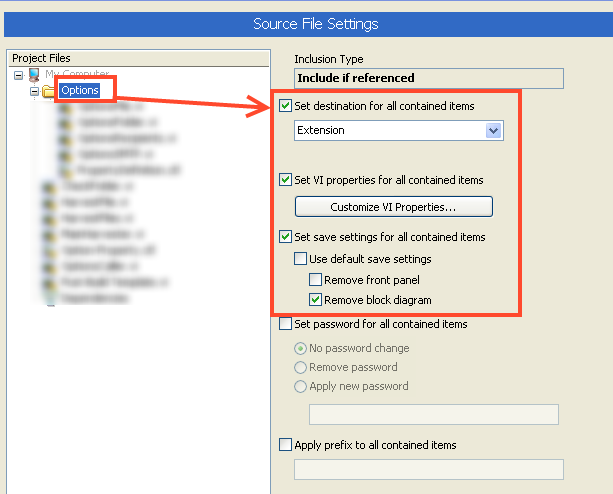-
Posts
1,991 -
Joined
-
Last visited
-
Days Won
38
Content Type
Profiles
Forums
Downloads
Gallery
Everything posted by Ton Plomp
-
Coll:" @bitbucket /TortoiseHg stuff is quite impressive. A lot to learn, but one advances up the learning curve steadily. I may abandon svn"
-
RT @lavag: Vote for the new OpenG feature - "Periodic Trigger: Maintain Phase" - how would you like it implemented? http://t.co/cHHxtCD5




